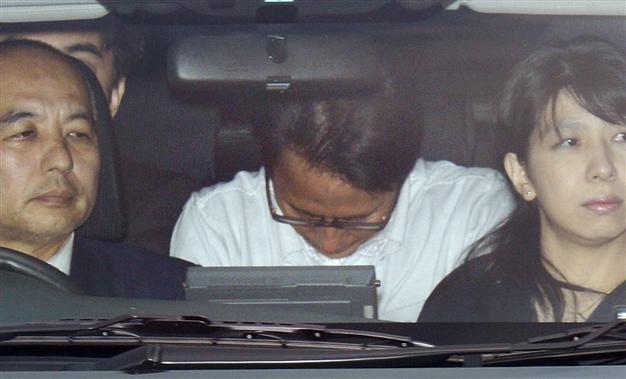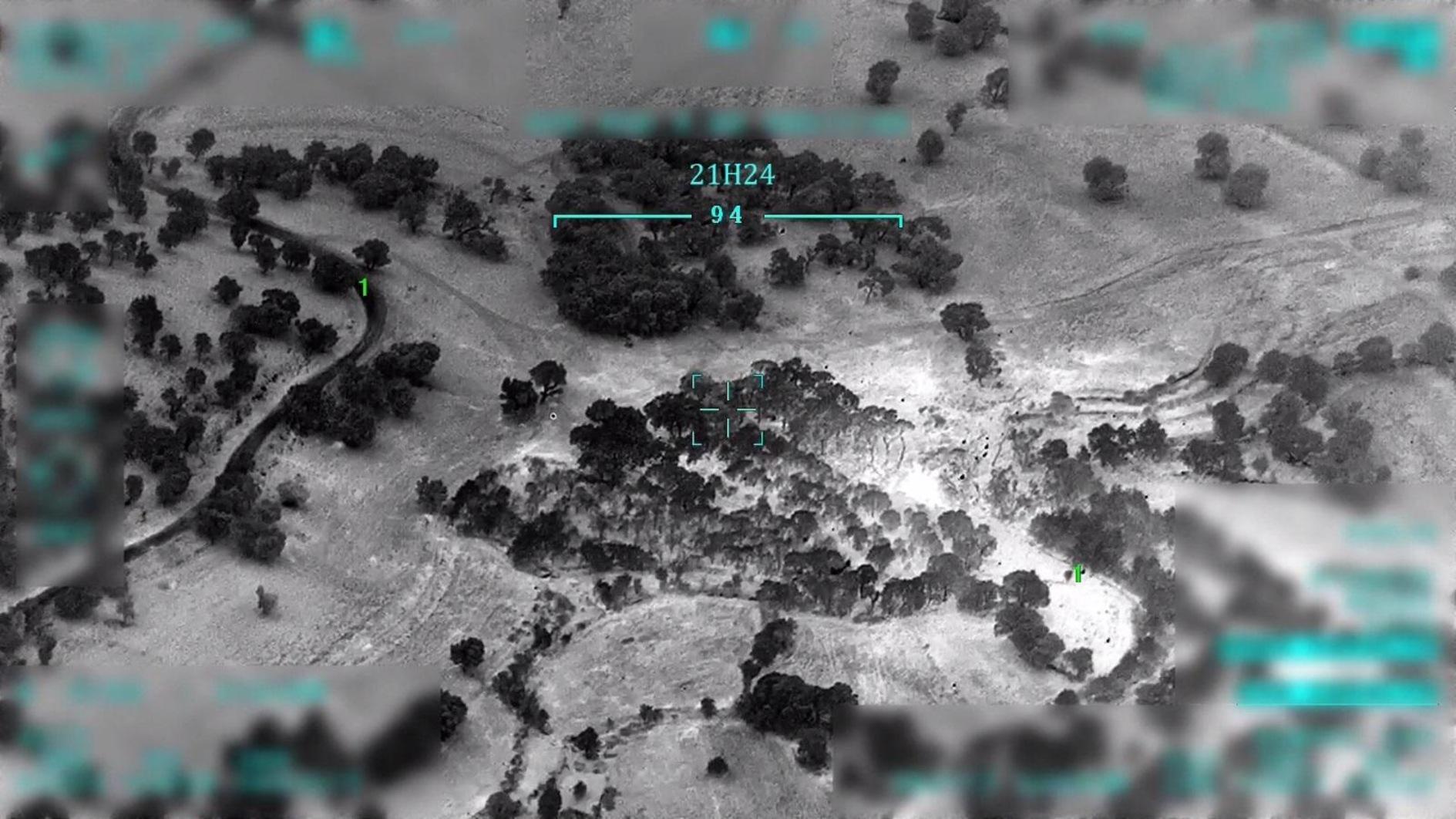Japan police arrest final Tokyo gas attack fugitive
TOKYO - Agence France-Presse

Katsuya Takahashi, center, a former Aum Shinrikyo cult member, is driven to Tokyo Metropolitan Police Department after being arrested, in Tokyo Friday, June 15, 2012. AP photo
Japanese police on Friday arrested the final fugitive member of a religious cult that launched nerve gas attacks on Tokyo's subway in 1995, killing 13 people and injuring thousands.The capture of Katsuya Takahashi brings to an end a police hunt for those behind the coordinated release of Nazi-developed sarin, an incident that sowed panic throughout the capital.
Police descended on a comic book cafe in southern Tokyo on Friday morning after being tipped off that a man fitting Katsuya's description was there, a spokesman told AFP.
"Detectives asked him to come voluntarily to a nearby police station at 9:40 am," the spokesman said, adding that officers subsequently "arrested Takahashi after his fingerprints matched" those in police records.
Jiji Press said Takahashi, 54, had been arrested on suspicion of murder and other charges. He told interrogators he had acted "under orders from (the cult's) top officers".
A high-profile manhunt had been under way in and around the capital since the arrest less than two weeks ago of Naoko Kikuchi, 40, a former member of the Aum Supreme Truth cult.
Both Kikuchi and Takahashi had been on the run for more than 17 years following the release of sarin on Tokyo's heaving underground system, an attack that formed part of a doomsday vision by the cult's founder.
Despite posters showing their faces displayed at nearly every train station in Japan, Takahashi, Kikuchi and fellow fugitive Makoto Hirata long evaded capture. Hirata, 47, gave himself up at a police station in central Tokyo minutes before midnight on last New Year's Eve.
He is suspected of being part of a plot to kidnap and confine the brother of an Aum follower who had escaped from the cult in February 1995, a month before the subway gas attack. On June 3, police arrested Kikuchi, who stands accused of being involved in the production of the sarin.
The subsequent police probe showed that until recently she had been in close contact with Takahashi, and that he had been living in Kawasaki city, south of Tokyo.
Over the past few days police had ramped up their hunt for Japan's most wanted man, with officers regularly patrolling transport hubs.
They have also fed broadcasters an almost daily diet of security camera footage, giving glimpses of a man they said was Takahashi as he sought to flee.
Takahashi, a former guard for Aum guru Shoko Asahara, allegedly served as a driver when the cult's members released the nerve gas in the subway system.
He is also suspected of having played a role in the kidnapping involving Hirata and of sending an explosive to then-Tokyo governor Yukio Aoshima in 1995.
As well as the Tokyo attack, the Aum cult was also responsible for an incident in the city of Matsumoto in central Japan in 1994, when sarin -- which Saddam Hussein deployed against the Kurds in northern Iraq in 1988 -- killed eight people.
Asahara, a partially blind guru who preached a blend of Buddhist and Hindu dogma mixed with apocalyptic messages, developed an obsession with sarin gas, becoming paranoid that his enemies would attack him with it.
He was arrested at a commune near Mount Fuji two months after the attack on Tokyo and sentenced to hang, having been convicted of crimes resulting in multiple deaths. He remains on death row, along with 12 other cult members.
The guru used a mix of charisma, mysticism and raw power to commit one of Japan's most shocking crimes with his disciples, who included doctors and engineers educated at elite Japanese institutions.
















